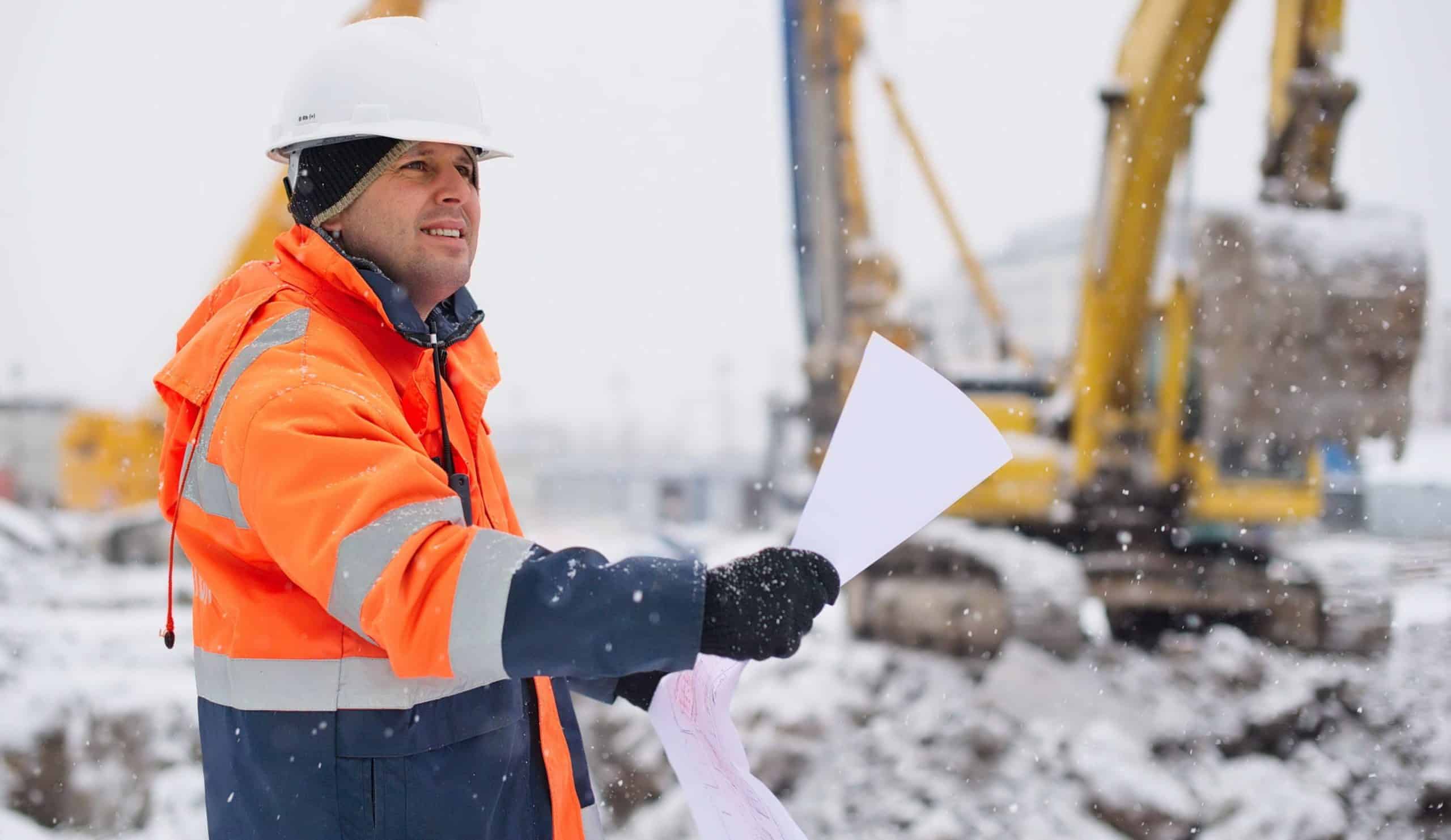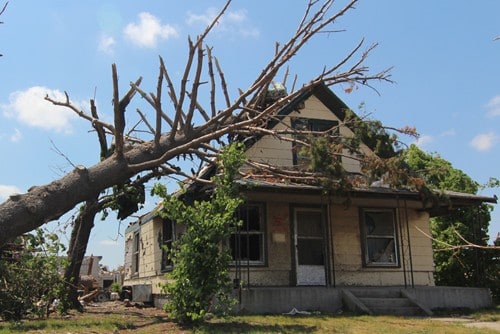Workers who are exposed to the cold outdoors are at risk of cold stress – and both temperature and wind speed can cause cold-related injuries. According to the U.S. Bureau of Labor Statistics, nearly 200 occupational injuries and illnesses resulted from “environmental cold” conditions in 2020. These weather-related risks can include conditions such as hypothermia, frostbite, chilblains and trench foot.
During colder months, it is important to understand the causes of injuries when working outside in cold or windy conditions, and to actively take precautions to help prevent cold stress for workers.
The Causes of Cold Stress
Cold stress can be caused by cold temperatures, high or cold wind, dampness, and cold water. According to Princeton University Environmental Health & Safety, when exposed to cold conditions, much of the body’s energy is used to keep internal temperatures warm. This can cause a shift in blood flow from extremities to the chest and abdomen, driving down the body’s temperature and causing cold stress.
Monitoring Wind Chill
Wind chill temperature measures the rate of heat loss from the human body and the impact of cold on exposed skin. The National Weather Service issues advisories when the wind chill reaches a critical level and provides a wind chill index to calculate the dangers from winter winds and cold temperatures.
Cold Weather Safety
According to the Occupational Safety and Health Administration (OSHA), employers can take the following steps to help prevent cold stress-related injuries for workers:
- Train teams on how to prevent and recognize cold stress and apply first aid treatment
- Provide environmental controls such as shielded work areas and protective equipment
- Schedule heavy work during the warmer parts of the day when possible
- Ensure the team is dressed properly for the weather, including at least three layers of loose-fitting clothing for insulation; hats or hooded jackets; knit masks; gloves; and insulated shoes
- Keep teams hydrated on the job site with warm, sweetened fluids
- Create a buddy system to help workers keep an eye out for the warning signs of cold stress
Businesses that have employees working in cold conditions should ensure they are following best practices to help prevent cold-related injuries. For more information about cold stress safety and prevention, view OSHA’s cold stress guide and the National Weather Service wind chill brochure.



